Pentax K-5 II review
The Pentax K-5 II is a semi-pro grade DSLR at a mid-range price
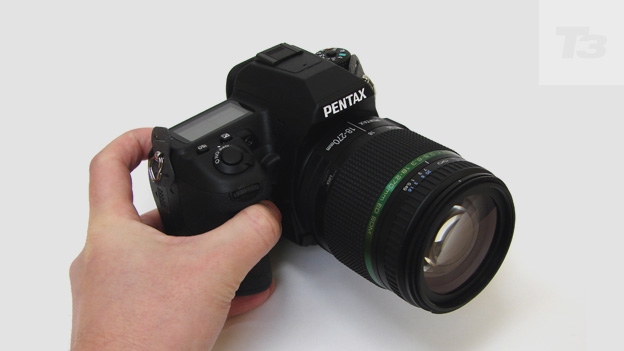
-
+
Optical viewfinder
-
+
Rock solid construction
-
+
7fps continuous capture
-
-
No angle-adjustable LCD
-
-
Manual focus issues for video
Why you can trust T3


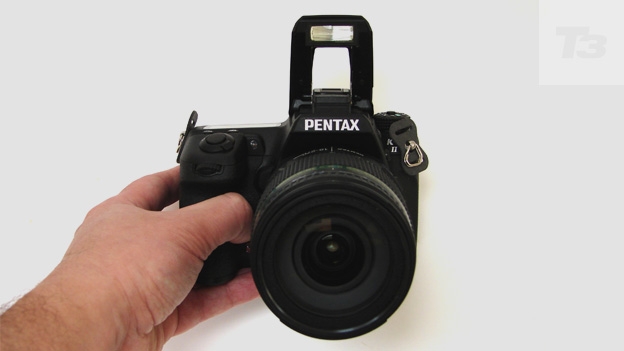
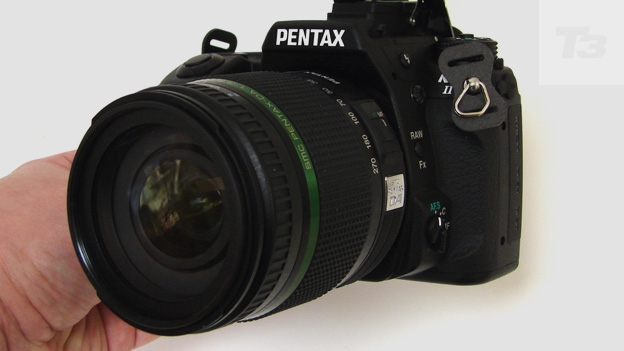
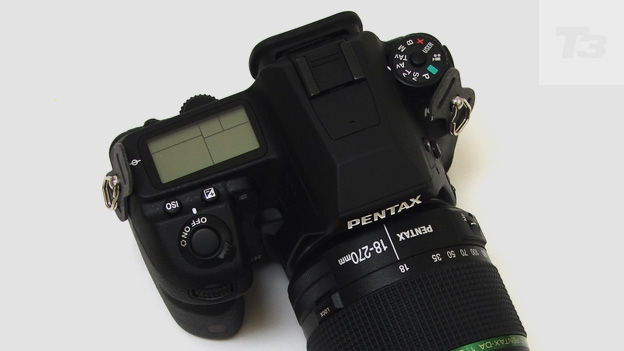
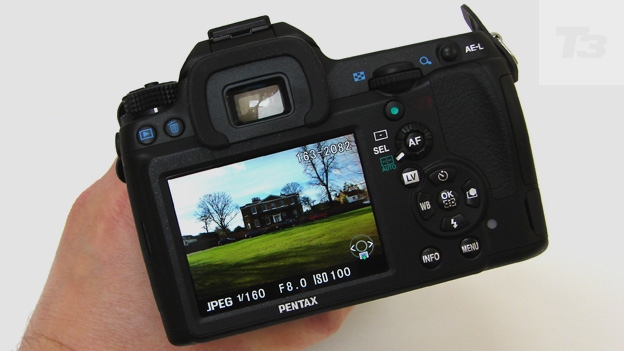
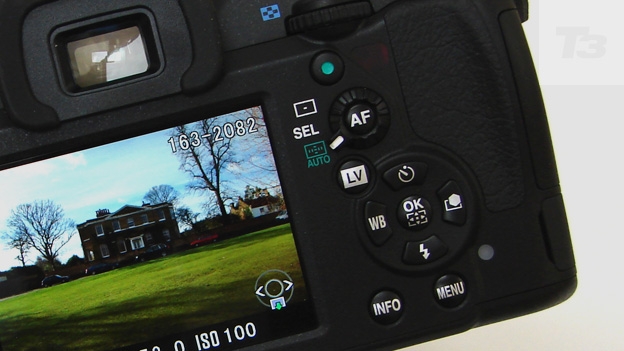
Updating the K-5 DSLR from 2010, the Pentax K-5 II offers a semi-professional performance and a decent price that should appeal to amateurs
Pentax digital SLRs, such as the Pentax K-30, have never failed to impress us in the key areas of build quality, handling and performance. But there have always been the nagging question as to why anyone would choose the Pentax system over the more widely supported likes of Canon or Nikon, especially when there's often little difference in manufacturers' asking prices.
Will the new 16.3 effective megapixel, large APS-C sensor incorporating Pentax K5 II, be the one to finally break through this mental barrier and draw potential buyers away from Canon and Nikon?
New on the Pentax K5 Mark II is a state-of-the-art auto focus (AF) sensor, purported to be able to cope in a wider variety of shooting conditions in turn requiring a broader variety of exposure values (EV).
In terms of the latter, the K-5 Mk II offers -3EV to +18EV, whereas most digital cameras settle for -/+ 3EV. So in theory this iteration should be able to cope miles better in lower light. Additionally, an expanded light sensitivity range topping out at ISO 51200 equivalent is provided
At the time of the original K-5, there was a pricier Pentax K-7 model sitting above it in the range, but, since the K-7 hasn't been updated in the interim, Pentax is now claiming the newer K-5 II as its flagship model.
The inference is that Pentax has given up (for now) trying to compete with Canon and Nikon at the highest level, and is happier pitching an affordable body at the keen amateur or photo enthusiast. That said, the K5 II still costs a suggested £799.99 (though online prices are currently shaving £50 off), or £869.99 with standard 18-55mm zoom, so it's not a budget option.
However, its manufacturer spoilt us by supplying the body plus 18-135mm and 18-270mm lenses, which, whilst providing a focal range as usefully broad as most of us would ever need, tips the set up over the £1,000 mark.
But whichever package you choose, is the K-5 II worth spending a sizeable chunk of your income on? And has it really got enough to recommend it over the best from its 'big two' rivals?
First impressions are very good. The design, while as compact as most consumer DSLRs, is married to a magnesium alloy and stainless steel construction that matches the feel of a semi-professional model, and here, unusually, comes complete with weatherproofing. Add a lens and you have a very solid set up in your hand that suggests money well spent.
Pentax K-5 II: Controls
The Pentax K-5 II reveals its semi-pro mettle in operation as well as looks. There's a large and bright eye-level optical viewfinder offering 100 percent field of view for composing shots, or the choice of pressing the 'LV' (Live View) button on the backplate to activate the LCD - otherwise displaying shooting information - to instead relay the image before the lens on a bigger scale.
Instead of having to drill down into menu screens to alter key settings, the likes of ISO and exposure can also be tweaked on the fly by holding down the relevant buttons and spinning a thumb-operated command wheel, your progress through the settings illustrated via a second smaller screen on the top plate, thus offering 'top-down' viewing.
Over at the left-hand side of the central hump housing both viewfinder and pop-up flash - with accessory shoe naturally provided here too - we find a familiar if slightly squeezed-in shooting mode dial.
Settings here include the regular program, manual, aperture priority and shutter priority modes, along with custom setting and a fully automatic 'green mode' for when, yes, we do actually just want to point and shoot and have the camera determine the right settings for us. Video capture has its own setting on the dial here too - more on which later.
A stiff switch just below the shooting dial allows metering modes to be switched on the run, while just behind this - on the top edge of the back plate, where the settings naturally fall under the thumb of the left hand - we find familiar playback and delete buttons.
Located to the right of the LCD at the back is a four-way command pad that wouldn't be too unfamiliar to most compact camera users trading up to this as their first - and possibly only - digital SLR.
Above and below this are self-explanatory menu and information buttons as well as the ability to lock down the likes of auto exposure, as you'd expect to be offered on a DSLR.
In short, all the essentials here either fall under a fingertip or the thumb, without the user having to give much thought to where features are located or, because of the relatively compact body size compared to a truly professional DSLR costing up to £5K, over-extend a digit.
Response times are also swift enough that we didn't ever feel we were waiting for the camera to catch up at any point.
Pentax K-5 II: Screen
The K-5 II presents a regular 4:3 aspect ratio LCD screen that is non angle adjustable, but at three inches in size it feels big enough for the body dimensions and provides a refreshingly clear 921,000 dot resolution.
This enabled us to determine the results of manual focusing; a key point on any DSLR and of use should busier scenes confuse the usually reliable auto focus.
Said screen is also anti reflective and moreover scratch resistant, and in providing a viewing angle of 170° you don't need to have it squarely in front of your face to witness what's going on.
This was handy when we wanted to hold the camera at arm's length, whereby we wouldn't be able to get an eye to the viewfinder, or angle the body and lens for more creative shots.
Pentax K-5 II: Battery
Loaded as is traditional into the base of the DSLR's handgrip, the D-LI90 rechargeable lithium ion battery bundled with the Pentax K-5 II sees it give something of a star performance in terms of its price bracket. It delivers up to a whopping 980 shots without flash or, even if the flash is used for half its output, a respectable 740 pictures.
That's the kind of performance usually given by pro DSLRs costing £1,000+, body only. So no complaints here.
Pentax K-5 II: Image quality
For sports fans, the K-5 II offers seven frames per second continuous shooting for up to 30 JPEGs, which, while not quite up to the performance of a four or five grand pro DSLR, is still very respectable for a consumer level model. Such a performance should satisfy keen amateur enthusiasts.
Shooting with the 18-270mm lens gave us the widest range of framing options, but, in combination with the sensor, we on occasion still came up with unwanted artefacts such as purple fringing between areas of high contrast - such as where dark tree branches meet a bright sky.
In fairness, this is common to 99 per cent of digital cameras and only really visible if you're enlarging sections of an image to actively look for faults - as we do.
Across the image, overall, we were rewarded with an impressive level of detail that wouldn't displease even the fussiest of photo enthusiasts, while colours have plenty of punch yet remain simultaneously naturalistic in appearance.
Just as importantly, sharpness is maintained right into the corners of the frame. Focus can sometimes drop off and you get a smudging effect when shooting at maximum wideangle, but not here.
Conversely at maximum telephoto setting it is possible to get sharp images when shooting handheld, which we put down to the fact that both sensor shift anti shake is built into the body but also that said body is so solid that, when a lens is screwed into place, it sits very firmly in the palm, with a nicely contoured handgrip provided.
In terms of shooting Full HD quality movies, this isn't as straightforward as the single-button-press process offered by compact cameras or indeed Sony's DSLR-styled translucent mirror SLT models, but in terms of a standard DSLR we found it very workable.
It involves first selecting the video setting on the shooting mode dial, then a half squeeze of the shutter release button to prompt the camera's internal mirror mechanism to flip out of the way and relay a live image to the back plate LCD.
That may sound slightly convoluted, but it's an easier, more intuitive and swifter route to shooting video than many DSLRs still manage.
Half squeeze the shutter release button again in video mode and the camera will magnify a central portion of the image so the user can check focus is spot on.
It's altogether a neat and tidy feature, as, in common with most DSLRs, the camera won't automatically adjust focus for you during video, so checking focus manually is the way forward. Again colours are rich enough to satisfy users that this is a feature worth having.
The above performance, with which we have few gripes, suggests the Pentax K-5 II as a capable jack of all trades DSLR that, coupled with a respectable 16 megapixel resolution for poster sized prints if required, may well be all the DSLR that most of us would ever need.
Pentax K-5 II: Verdict
With a conventional-looking digital SLR design, the chief appeal of the 16.3 megapixel, magnesium alloy exterior and stainless steel 'cage' interior K-5 II is almost a pro grade specification, build, handling and performance.
This is married to a price tag that will be within reach of most keen amateurs. In terms of an audience, while photo enthusiasts will get the most out of this camera, it's not so overly complex or daunting that someone trading up from a compact camera wanting better pictures would find it unusable.
Indeed there's the Pentax's point and shoot green mode to fall back on if any operational aspect does seem intimidating at first.
Incidentally, a K-5 II 'S' variant is also doing the rounds for a body-only £949.99. The extra 'S' doesn't signify an additional upgrade, but rather that it's a version with the anti-aliasing filter removed for those who want to eek out just that tiny bit more detail.
Said filter prevents usually unwanted image artefacts and distortions, but in the process you sacrifice a small amount of sharpness. So this is really a solution for studio-based commercial pros who can control their environment, or don't mind doing their own image tinkering, in return for maximum definition.
Ultimately though, even in its plain old 'II' iteration, the K-5 is a DSLR that is good enough and with very few faults to have us considering ditching Canon and Nikon, which is high praise indeed if getting maximum bang for your buck is a chief concern.
Pentax K-5 II release date: Out now
Pentax K-5 II price: From £799.99 body only
Sign up to the T3 newsletter for smarter living straight to your inbox
Get all the latest news, reviews, deals and buying guides on gorgeous tech, home and active products from the T3 experts
Gavin Stoker has been writing about photography and technology for the past 20 years. He currently edits the trade magazine British Photographic Industry News - BPI News for short - which is a member of TIPA, the international Technical Imaging Press Association.
-
 This is the sound of BMW's upcoming Neue Klasse EVs
This is the sound of BMW's upcoming Neue Klasse EVsHas BMW cracked the problem of making EVs sound fun with its next-gen soundscape for its Neue Klasse cars
By Alistair Charlton Published
-
 Build unshakeable core strength with a kettlebell and these three exercises
Build unshakeable core strength with a kettlebell and these three exercisesAdd this to the end of your workout to fire up your midsection muscles
By Bryony Firth-Bernard Published
-
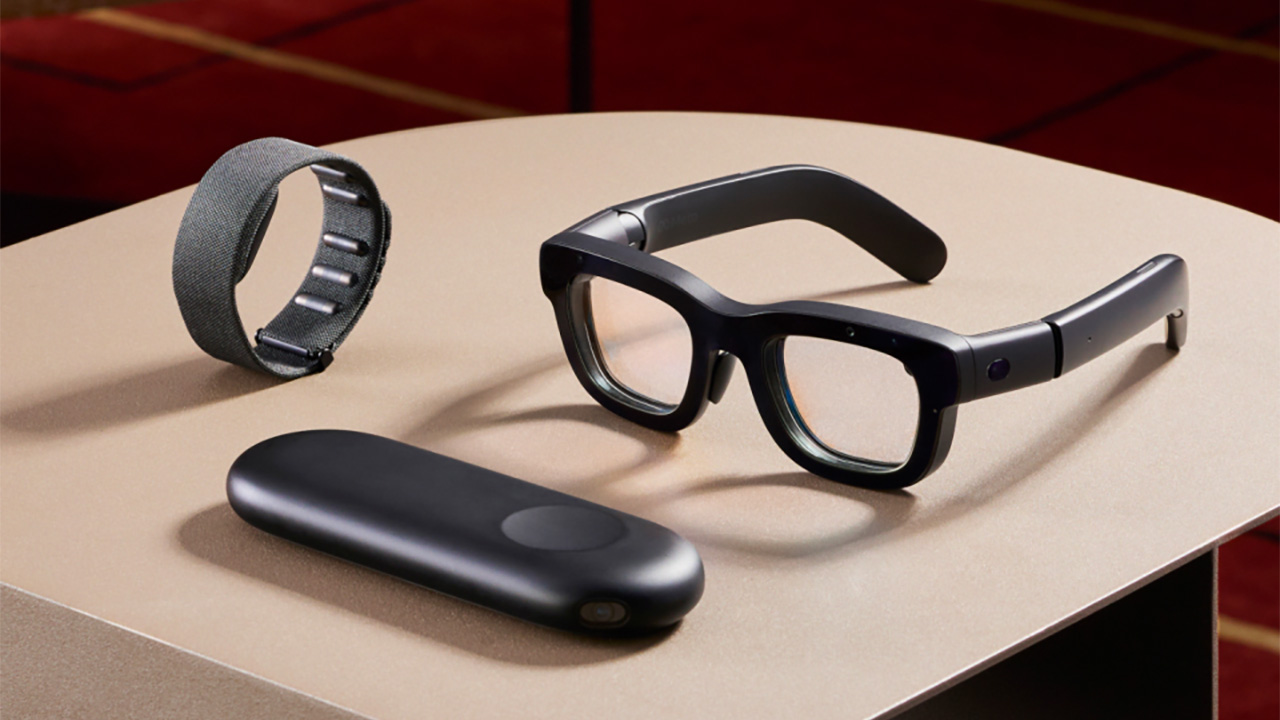 The next big tech battlefield is AR Glasses – and Apple is ready to fight
The next big tech battlefield is AR Glasses – and Apple is ready to fightTim Cook is said to "care about nothing else"
By Sam Cross Published